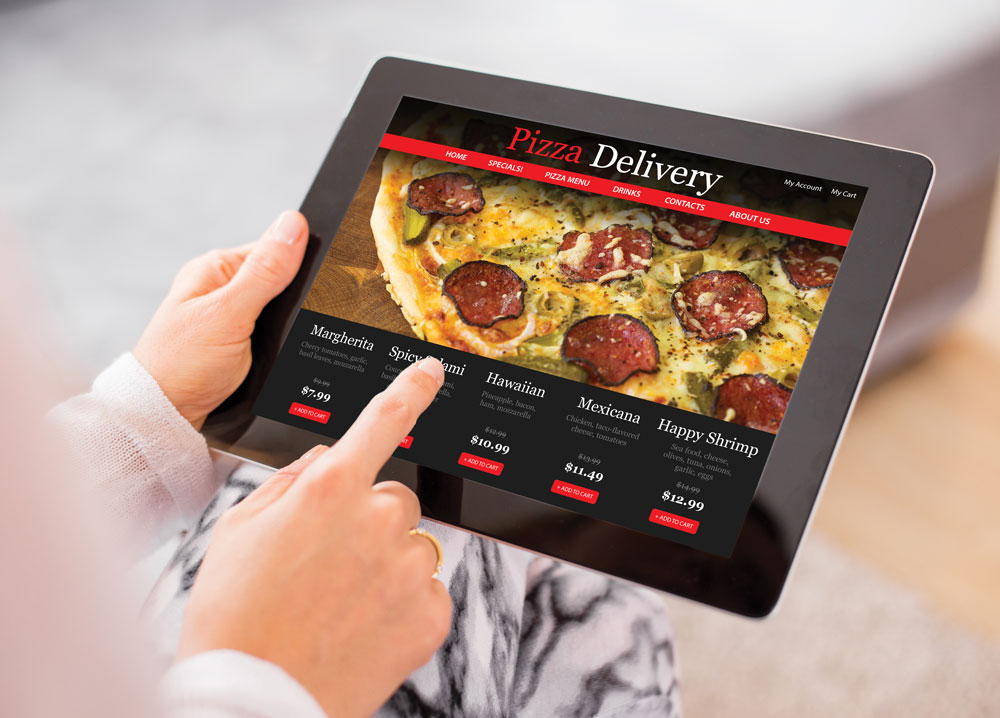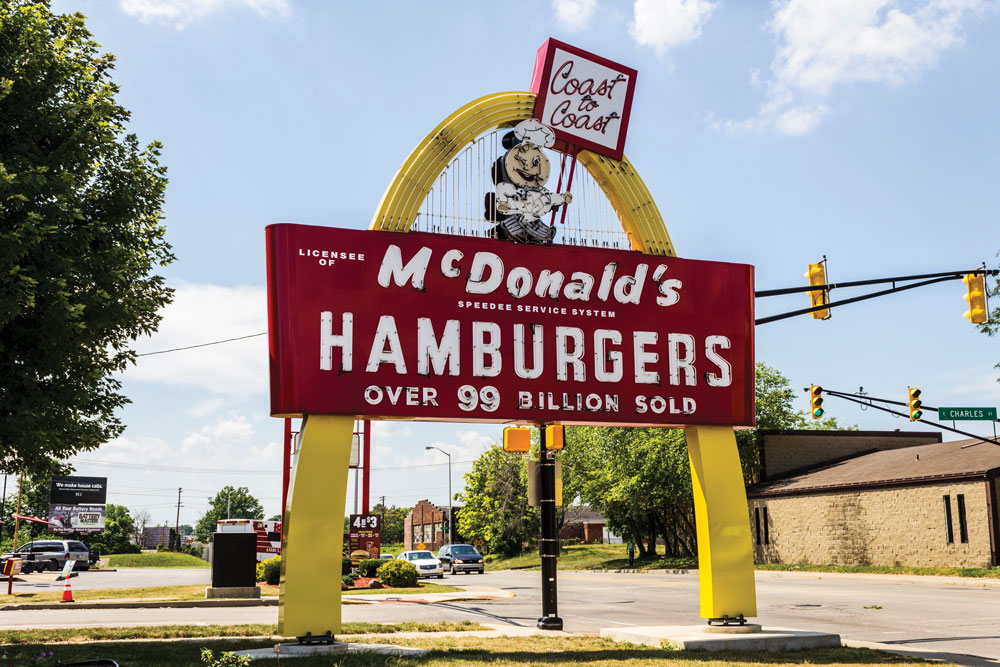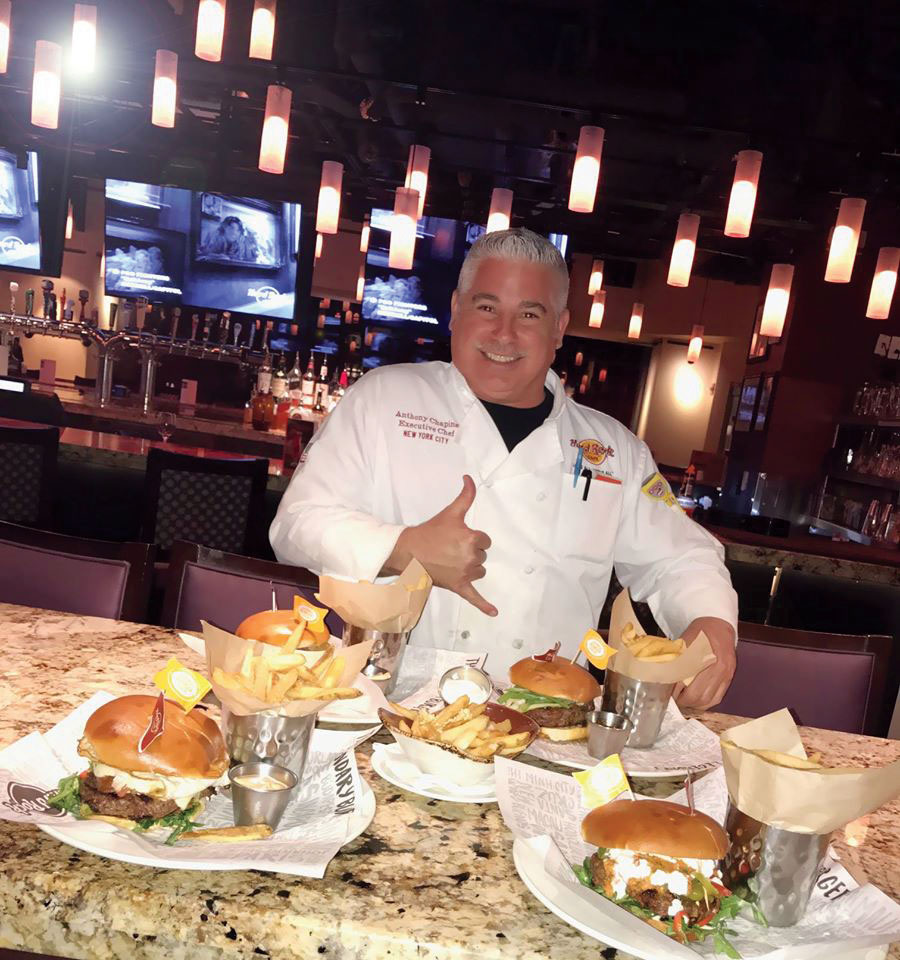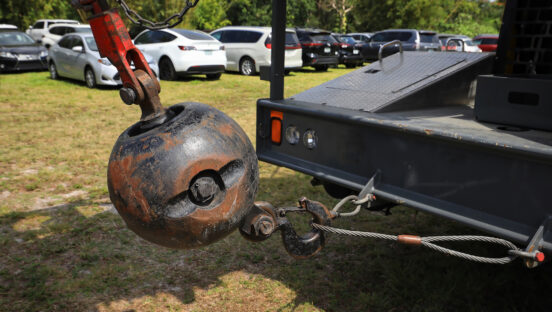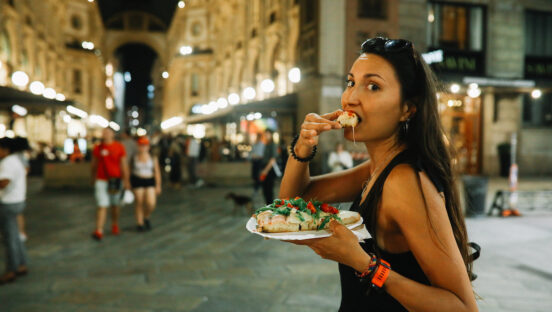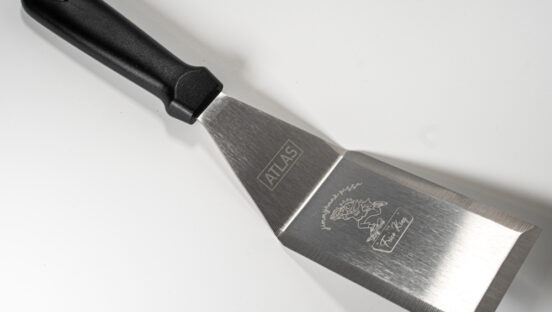|
|
|
Fast-food was the first major disrupter in the restaurant industry, with companies like McDonald’s rising up in the 1950s to give consumers more control and speedier service. Next came themed restaurants like Hard Rock Cafe, which took the formality out of fine dining, and, more recently, fast-casual chains like Blaze Pizza combine the features of quick-service restaurants and traditional cafeteria service. |
What is a restaurant? In today’s omnichannel foodservice system, what exactly does it mean to say something is a “restaurant meal”? Does it mean a full, formal dining experience with a chef- prepared, customized dish, presented by a waiter to a guest at a table with a white tablecloth? Or can it be a handmade burrito delivered straight to your doorstep by a kid on a bicycle working for a third-party service?
Ultimately, the question comes down to determining the two main components of a restaurant: food and service. For the food, the questions are: How fresh is it? What form does it come in? And how close to immediately edible is the preparation of each meal? For the service, the main question is: How much supplier-labor intensity is required, versus how much consumer-labor intensity is necessary?
The Evolution of Form and Function
Decades ago, the restaurant experience was divided into just two categories: full-service (or “white tablecloth”) and limited-service (or “counter service”) restaurants. Both were built on the requirement that food was personally served by someone to the consumer, typically with a structured menu format, inside a simple square meter of physical space. The diner was expected to have a working knowledge of this system: how the food is handcrafted in the kitchen by a trained chef or a skilled short-order cook; the nature of the logical flow of the courses as they were presented; and how to order and pay (including how to properly leave a tip). For the vast majority of customers, this was something done only on special occasions or when dining away from home, and could be intimidating to master.
In the mid-1950s came a new upstart: the fast-food or quick-service restaurant (QSR), which, by being systems- based and not chef-driven, created a new approach to how consumers viewed the dining experience. In a disruption of tradition, both the composition and order of the meal was controlled by the consumer, not the supplier. “If I want to eat my fries before my burger, who cares?” the consumer might say. The same went for the concept of self-service: “No waiter, no tipping—I’ll gladly clear my own table!” Much of the food was prepared in an off-site facility and assembled to order or batch-cooked by semiskilled kitchen workers.
Once the drive-through window came into play, the need to even get out of your car for a meal disappeared, raising the question, “Is my front seat a restaurant?” Anyone could use this system at any time during the day. While QSRs were not originally considered “real” restaurants, dining out became an easy and everyday option.
During the 1990s, the market saw the explosion of the casual theme restaurant, which took all of the formality out of fine dining, including the white tablecloth, and significantly sped up the dining process. Table service was still integral to the experience, but with less personal connection to the server, as food was often delivered by a runner directly from the kitchen. Standardized meal choices were assembled on-site by slightly more skilled journeymen, led by a kitchen manager instead of a chef, who used a mass customization process to match the individual desires of the customer.
The Rise of Fast Casual
In the last decade, the fast-casual restaurant came to the attention of the consumer public. This new hybrid is a mix of the self-service model from fast food and the consumer selection options presented by a traditional cafeteria system. Table service is replaced by a modified multiphase counter service, with customers being given more customizable options, whether by a barista or a burrito maker. This customization is made possible with the return of an on-site short-order cook who assembles to-order food, which has the appearance of being handcrafted but is prepared in a batch style and often brought in from an off-site commissary.
This brings us up to the present day, where we are witnessing an explosion of segments and dining choices. Today, we see a marketplace of narrow segments (casual elegant, food trucks, grab-and-go, build-your-own, gastropub, convenience store, market hall, delivery) and other fine-grained niches that defy simple categorization. For example, Panera Bread is a leader in the fast-casual segment while filling the role of the top retail bakery/café offering. But it also leads in the technology of smartphone-based, customized takeout. The top of the food chain for fine dining is a celebrity chef-driven stratospheric offering, such as Keller’s French Laundry, or a standardized, national prime-aged steakhouse chain like Del Frisco.
For the dining public, what exactly does “casual elegant” mean, except there are no tablecloths or chefs, but there are wine lists and expensive cocktails (and the waitstaff wear logos on their shirts)? What is the difference, really, if I buy a packaged turkey sandwich at Pret a Manger, 7-Eleven or Whole Foods?
Where Are We Heading?
So the answer to the question, “What is a restaurant?” can really only be answered with, “It depends.” What does it depend on? Mainly how the dining public continues to redefine how, when, why, where and what a meal actually is. Is a smartphone or tablet a modern-day vending machine? Is a communal table in a market hall a dining room? Is a “sous vide” pouch heated by a chef in a two-star restaurant a freshly prepared dinner? Is chef David Chang’s Ando really a restaurant or just a conceptual kitchen? Are GrubHub, Just Eat, Deliveroo, UberEats and Amazon Prime just waiters expanding the last square meter of personal restaurant service?
The answer to all of those questions is probably yes. When someone wants to eat, it might be better to ask, “What isn’t a restaurant?”

